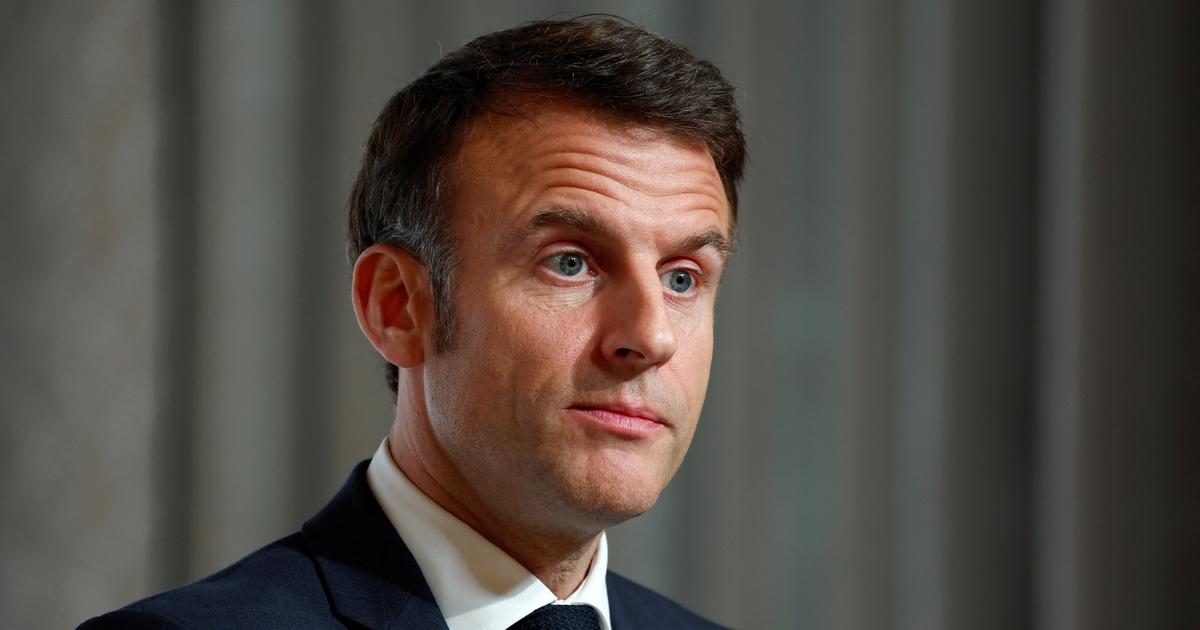Santiago Montoya
07/29/2021 8:31 PM
Clarín.com
Opinion
Updated 07/29/2021 8:31 PM
In Sweden there is the Stockholm International Peace Research Institute (SIPRI), a leader in world defense issues.
It monitors the disarmament agreements (including nuclear) between the superpowers and any warlike conflict that breaks out.
It maintains an extraordinary database of world military expenditures since 1949. Due to the quality and consistency, the military spending figures that it reprocesses based on NATO guidelines are comparable intertemporally and between countries.
In 2020, world military spending was 2.4% of GDP.
1960-2020.
The case of Argentina is surprising;
Counterintuitively, SIPRI reveals that
Defense spending remained contained, below or around 2% of GDP
.
Even during military governments.
Close to the average for South America, except in 1976-1983.
We distinguish two stages.
First, until 1995. Between 1977 and 1980, military spending went to the area of 4% of GDP (as the world average), and since 1981 it fell.
Malvinas with 2.7% in 1982. Chile spent 50% more than Argentina, until the Papal intervention (Beagle).
But from 1980 to 1983 each year it was 3.1%;
3.5%;
2.7% (1982) and 2.7%, while Chile spent 6.5%;
7.0%;
8.9% (doubling the world average) and 7.6%.
Argentine military spending continued to go to 1.5% (early 1990s).
The SIPRI / NATO data fly over stories, ideology and cracks: Argentina never led arms races, and South America remained the average.
Not even at the peak of the most complicated period (1976-1983) did it reach astronomical levels.
Later, with Raúl Alfonsín, democracy started well with military spending, keeping it at 2.2% of GDP on average.
Like Brazil, and much less than Chile.
In the first five years of the 1990s, 1.46% of GDP was spent.
The period 1991-1994 (up to Tequila) is interesting.
The economy grew and inflation got under control.
All this by paying for this military expenditure (1.46%).
It was demonstrated, it is not true that lowering military spending reduces poverty.
The economic failure and poverty are due to other problems, not to spending 1.5% on Defense.
That 1.46% until 1995 was logical, although below the average for the region. But in the second half of the '90s, it fell drastically, falling to 1.15% of GDP (22%). At this level, adequate military operational re-equipment and training is no longer possible. Justifying such a budget reduction for political reasons does not make sense, there are no more active military personnel that are not 100% of democracy.
In the second stage, 1996 to the present, the Defense situation has only varied between “bad” and “worse”. Today it has been 24 consecutive years without recovering 1.46% that it had until 1995, and 16 years in a row, well below 1%, a “psychological” line of extreme poverty of a Defense system (it was worse: 0.7% -0, 8%). It is very difficult with insufficient personnel and very poorly paid, without modernized TAMs, without maritime patrol or combat aircraft, without ships, submarines, or equipment except Civil Defense, which is not the primary role of the Armed Forces.
Something happens in politics with Defense. In 2017, the UN expanded the Argentine Exclusive Economic Zone by 35%, some 6 provinces of Buenos Aires. We are in the top 8 of the largest countries (land and sea area EEZ). With hydrocarbon resources, fisheries and polymetallic cores for use in technologies already identified in the bed.
The political response was not to strengthen but to weaken: 0.75% in 2018, and in 2019 a sad record, 0.7%, the lowest military budget in Argentine history. San Martín and Belgrano were heard crying in their graves. In 2020 the trend changed; According to SIPRI, military spending rose somewhat, to 0.8%. For the necessary wage laundering, and for the creation of FONDEF, which helped, still below the 1.45% minimum necessary. In any case, this step could be transformed into a long-term change that generates a positive horizon for the Armed Forces.
Structural poverty 40 +%, stagnation, inflation and no way out in sight, can be depressing. But recovery is possible. To achieve it, first identify what is really important and solve it. Caring for such a vast and appetizing territory, surrounded by geopolitical sharks, impossible without Defense. Deterrence, not war, but for that you have to have respectable operational capabilities and be present beforehand. This has a low cost but that must be paid, 1.45% of GDP (1% personnel and operation; 0.15% training; 0.3% re-equipment, with specific allocation and protected from predators). There is more than Defense on the agenda, but without the Armed Forces along with the efforts of diplomacy, Argentina somehow becomes blurred as a Nation.
The author is a specialist in public policy and fiscal issues; first Executive Director and creator of ARBA.






